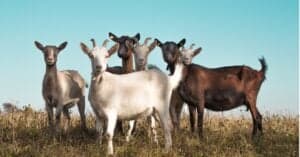A goat is one of the most common animals on a farm. Their personalities are like dogs, and they’re incredibly playful and curious. These little guys come in all kinds of colors and sizes. You’ll also usually find them snacking on some grass or tree trunk. Since goats are one of the most popular domesticated animals, it makes sense that there are many of them around. But just how many goats are in the world? Let’s look at goat population numbers and why they play such an important role in the environment.
How Many Goats Are In The World?
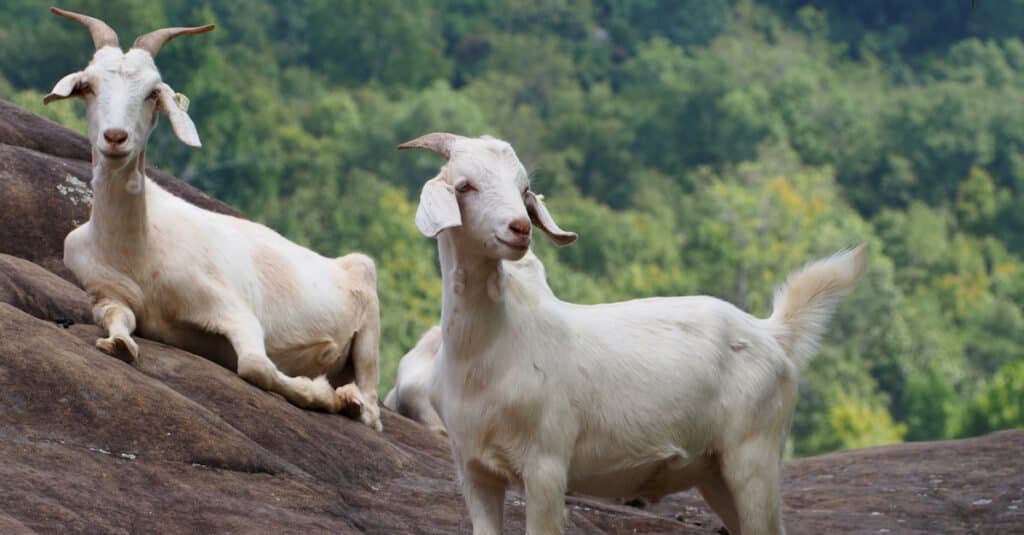
Globally, there are about one billion goats.
©Lorri Carter/Shutterstock.com
Over millennia, goats have lived and worked with humans all over the world and have been very close to us. There are approximately one billion goats in the world, and their population has increased by more than half in the past four decades. This number includes wild goats as well as domesticated goats. Could you ever imagine that there would be so many goats in the world? As far as domesticating and breeding wildlife goes, they are among the easiest. It is for this reason that goats are so abundant around the world.
In the last few decades, domestic goats have grown exponentially in population, outweighing wild goats by a large margin. Over the years, more farmers have seen the benefits and profits of goat farming, which has led to an increase in goat populations. Despite the large number of goats worldwide, they are not distributed evenly throughout the earth. Let’s see what countries have the highest populations of goats.
What Countries Have The Most Goats?
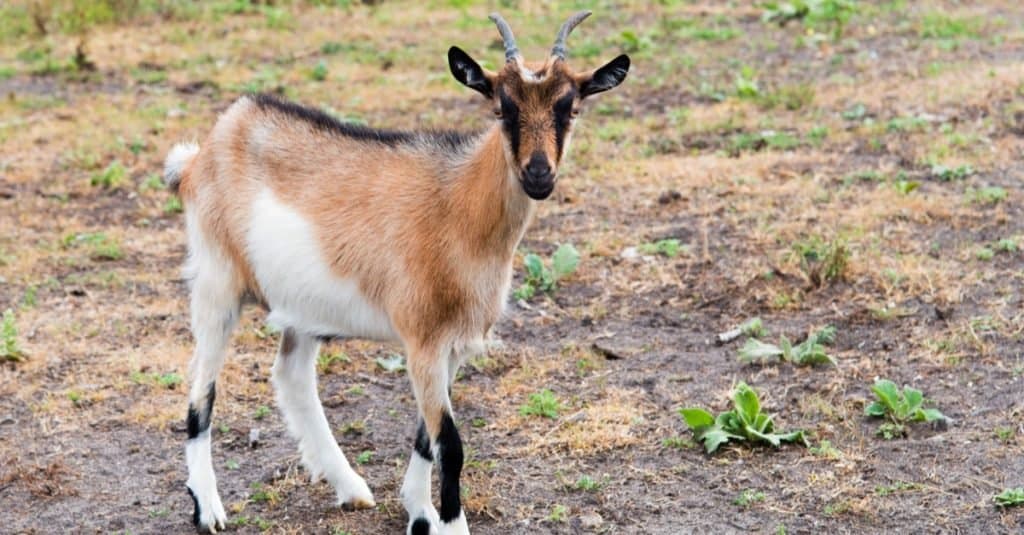
China, India, Pakistan, and Bangladesh have the biggest goat populations in Asia.
©volofin/Shutterstock.com
In areas where small-scale agriculture still exists, or people want low-cost meat, goats are a reliable source of milk and meat. Over 90% of goats live in developing countries, according to the Food and Agriculture Organization.
Asia is home to most goats in the world, followed by Africa. Africa is home to more than 40% of the world’s goat population, and the sub-Saharan region is home to over 60% of all goats.
The number of goats in China is staggering, with over 133 million. Goat farming in China is quite different from the small family farms in many other countries. In China, goat farming is more widespread and industrialized than in other countries.
There are around 2.55 million goats in the United States. Because of all the farmland in the United States, goats are so plentiful. Despite this, goat numbers have decreased by 1% since January 2021. The state of Texas has an enormous goat population in the nation, with over 800,000. This vast state has enough land for livestock, but its hot climate does not suit goats. They usually prefer dry, arid conditions. In spite of this, Texas has managed to become a leader in goat farming, supplying most of America’s demand.
What is the story behind goats becoming such an important domesticated animal? The origin of goat keeping can be traced back thousands of years.
The Origins Behind The Culture of Goat Keeping
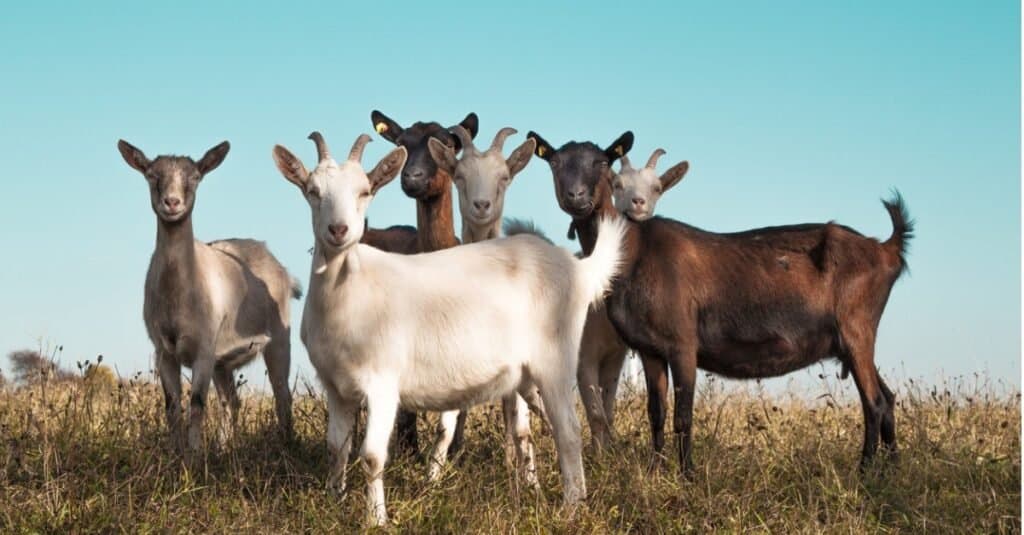
Goats are versatile animals that can provide, milk, meat, and weed control.
©iStock.com/aurorat
One of the first domesticated animals was the goat. As mentioned earlier, they are an adaptation of the wild bezoar ibex (Capra aegagrus) which is found in western Asia. During the Neolithic period, farmers in the Middle East and Western Asia kept small herds of ibexes for meat and milk. Throughout the Neolithic period, goats contributed greatly to Neolithic techniques of agriculture advancement.
It is important to note, however, that not all wild animals can be domesticated. Animals that are comfortable living in captivity, breed easily and group together are important for humans. An animal’s genetics determines how easily they become accustomed to humans and accept feeding and handling from them. Those goats became popular among herders because of their genes. It was found in a study done in 2020 that an ancient introduction of genes from a Caucasian tur-like species to domestic goats was responsible for the origin of domestication genes in goats.
Despite later gene exchanges, modern goats in Europe, Africa, and Asia have genetic similarities with samples from western, southern, and eastern Neolithic sites.
Why Are Goats So Important To The Ecosystem?
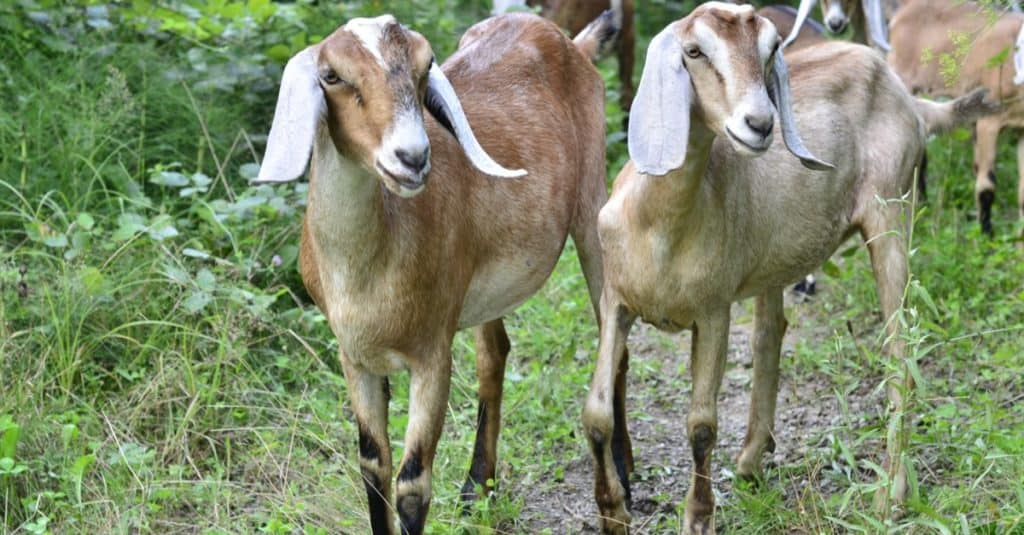
Goats are multi-purpose animals. They’re used for meat, milk, and cheese.
©Zhanna Shamrai/Shutterstock.com
You might not think goats have much of an impact on the world since they are not as commonly discussed as livestock like cattle and sheep. It may surprise you to learn that goat meat accounts for a fair amount of red meat eaten around the globe. The consumption of goat meat is estimated to be around 5% of all meat consumed in the world. People around the globe are discovering the health benefits of goat meat, which is extremely popular in Sudan. As well as being lean, goat meat is a good source of iron, zinc, potassium, and other essential vitamins. “Chevron” is the meat’s name.
In addition to being used for meat, goats can also be used for milk and pelt. The horns of these animals have been used to make many tools and decorative objects over the centuries. In addition to clothing, furniture has been made from their skins. The raising of goats has several environmental benefits. They preserve the natural habitat of wildlife, prevent invasive plants from spreading, and enhance the growth of shrubs and trees by grazing carefully. Unlike many other types of cattle, goats do not require as much water to survive in order to live as they do.
The photo featured at the top of this post is © underworld/Shutterstock.com
Thank you for reading! Have some feedback for us? Contact the AZ Animals editorial team.





